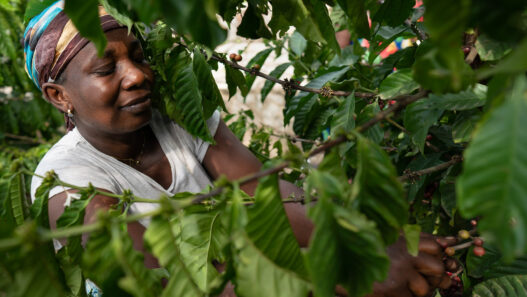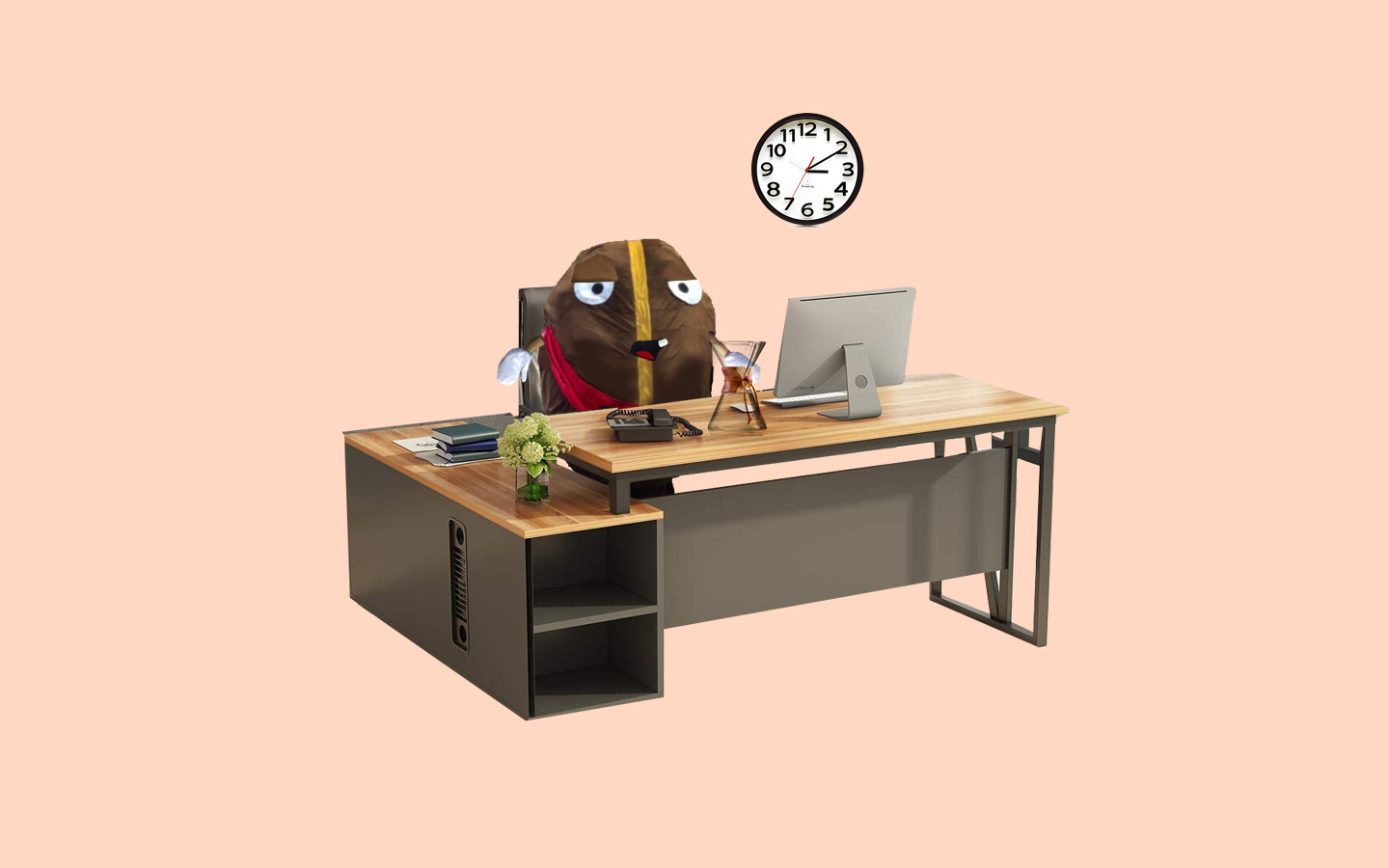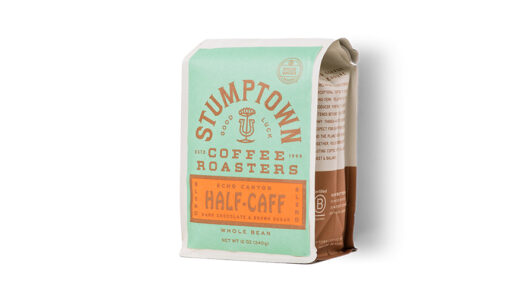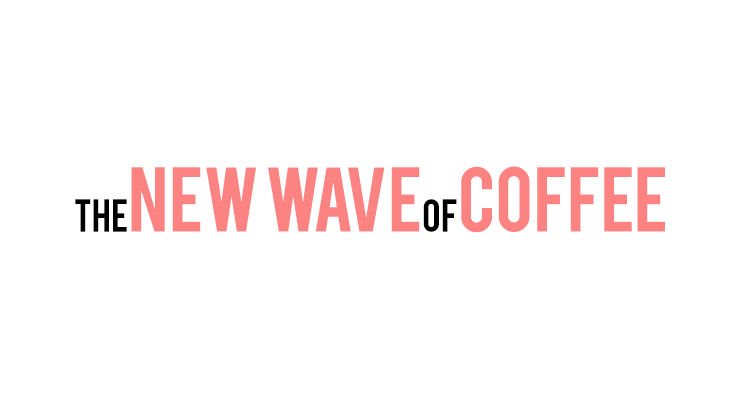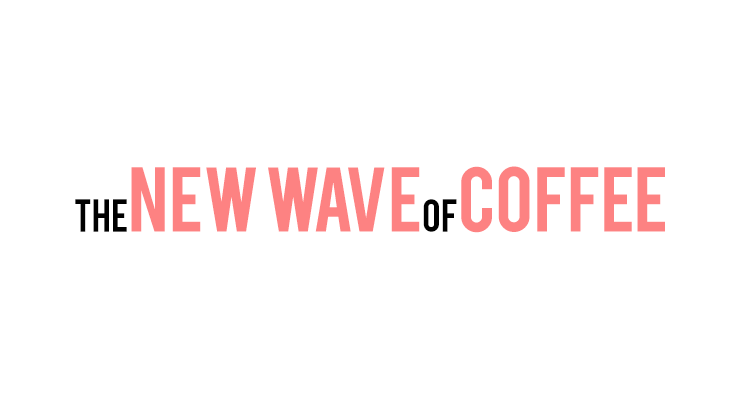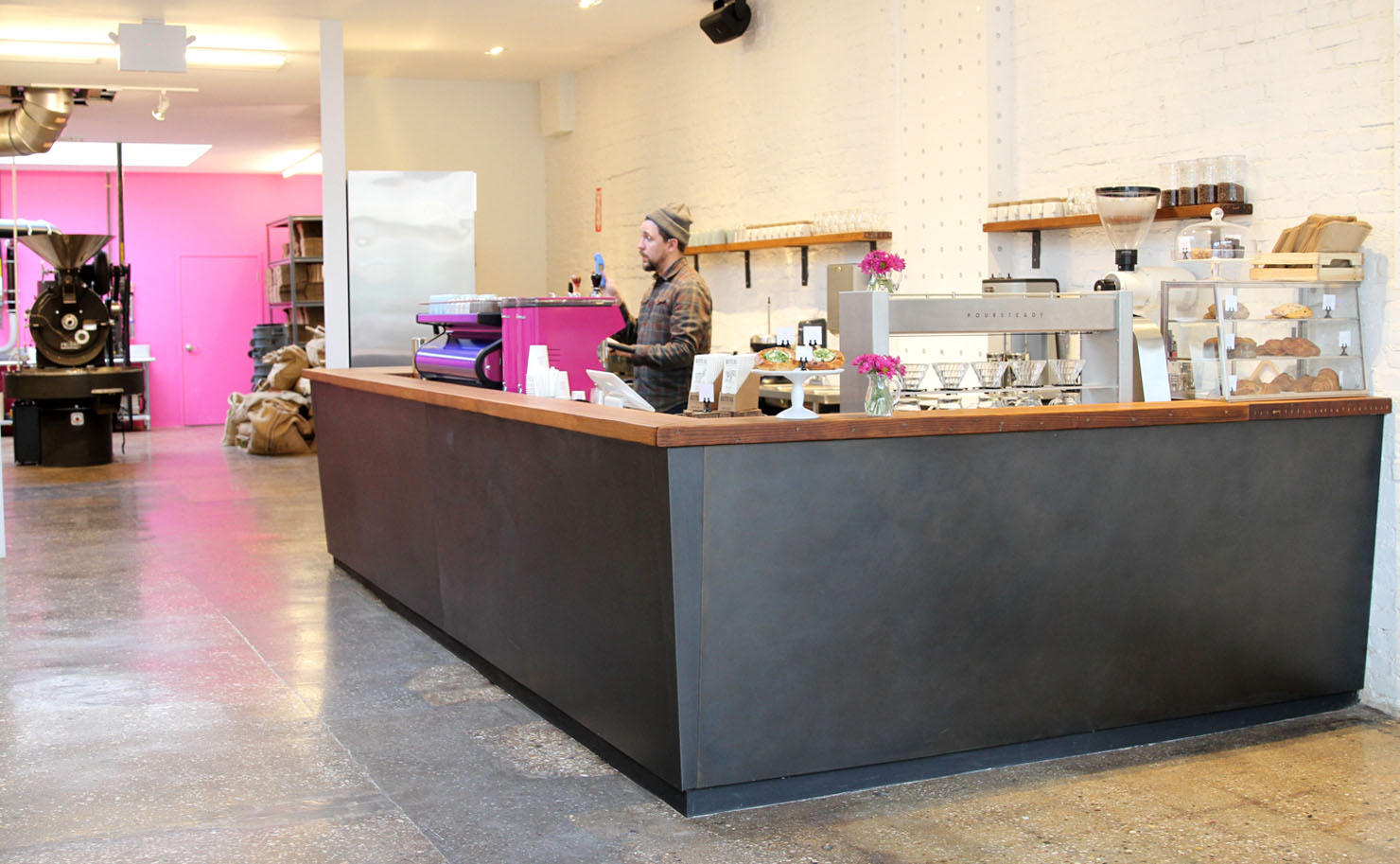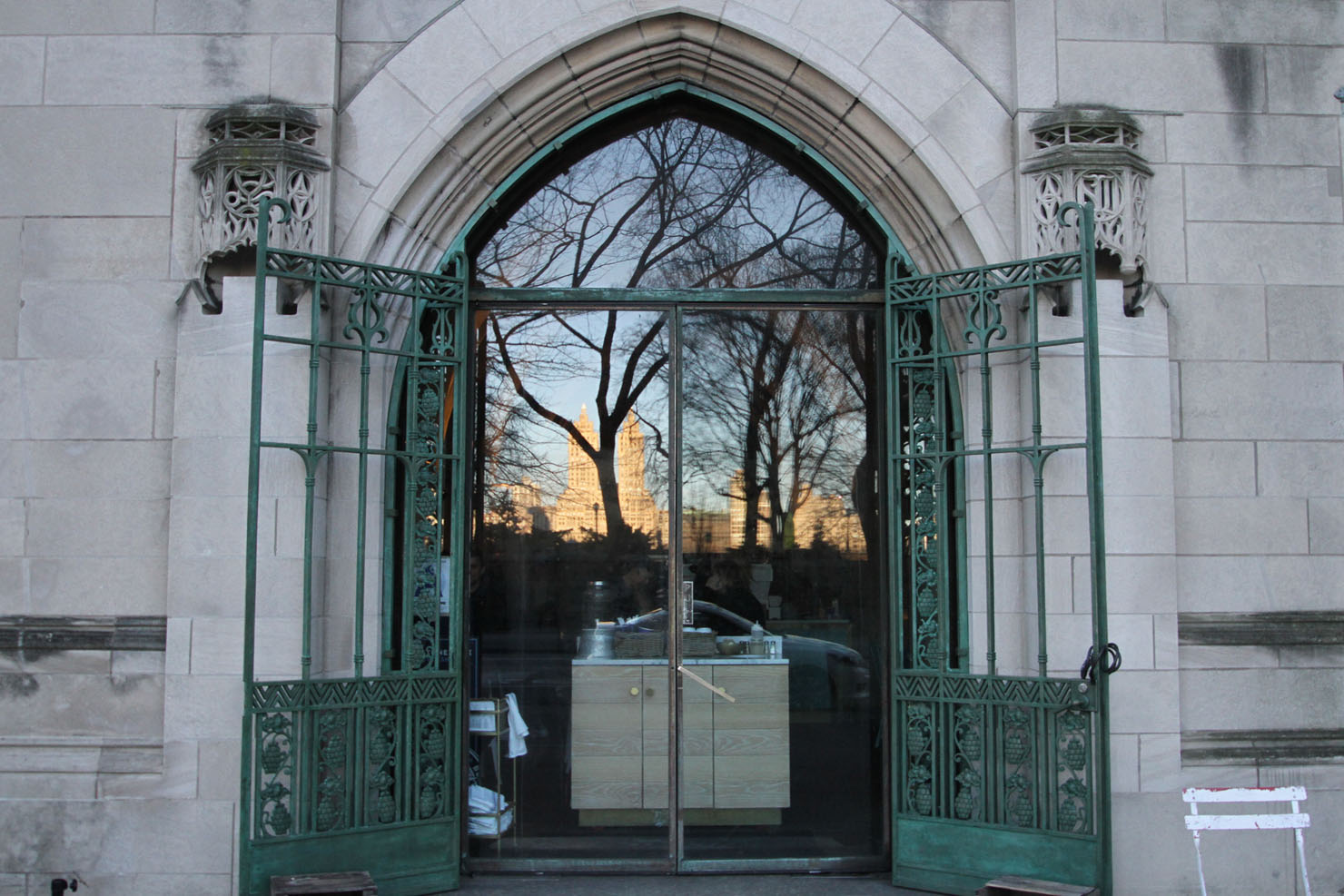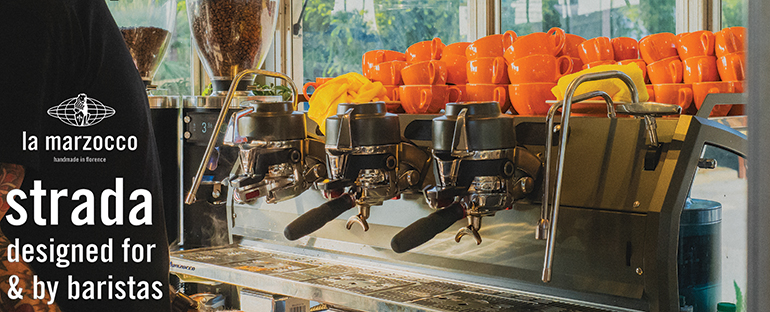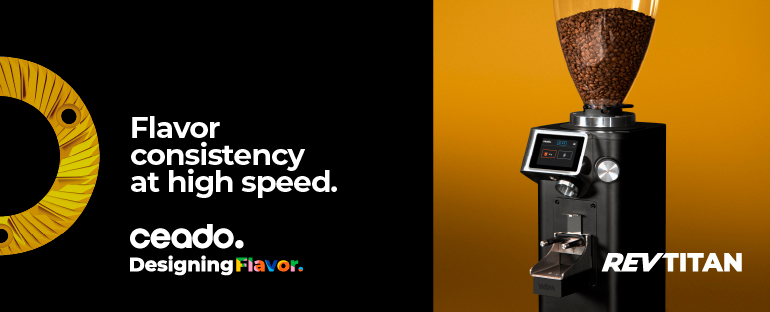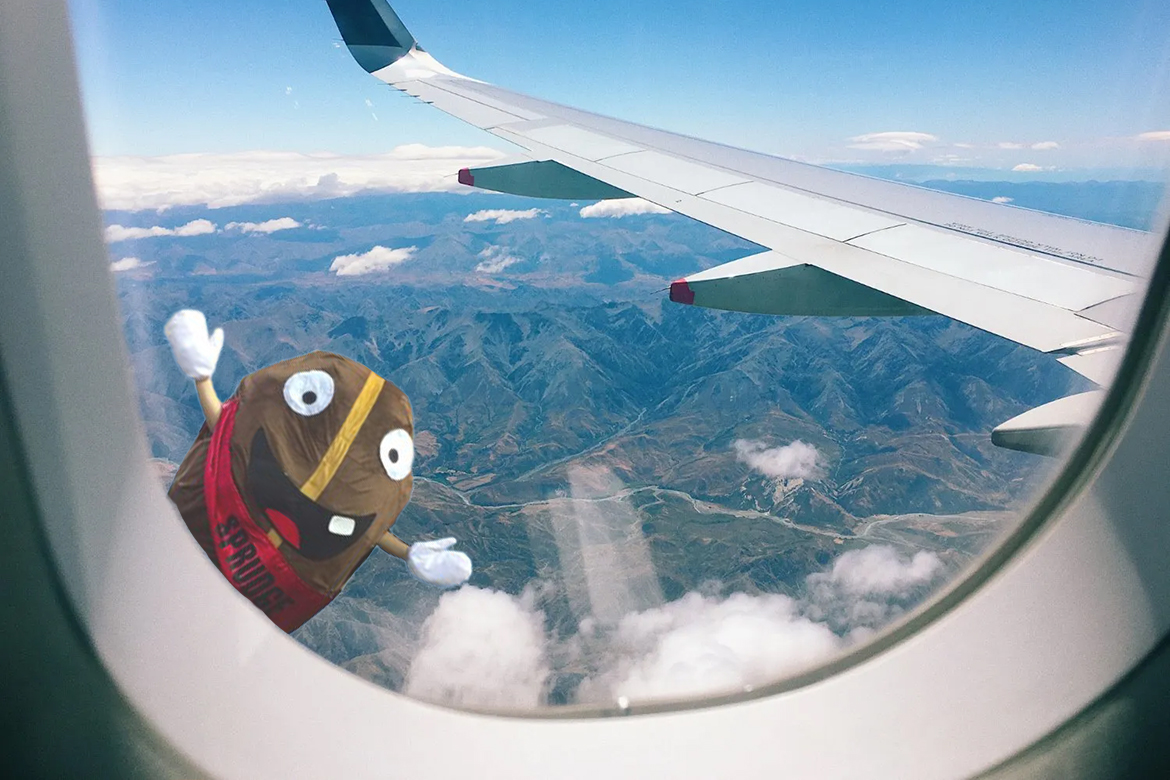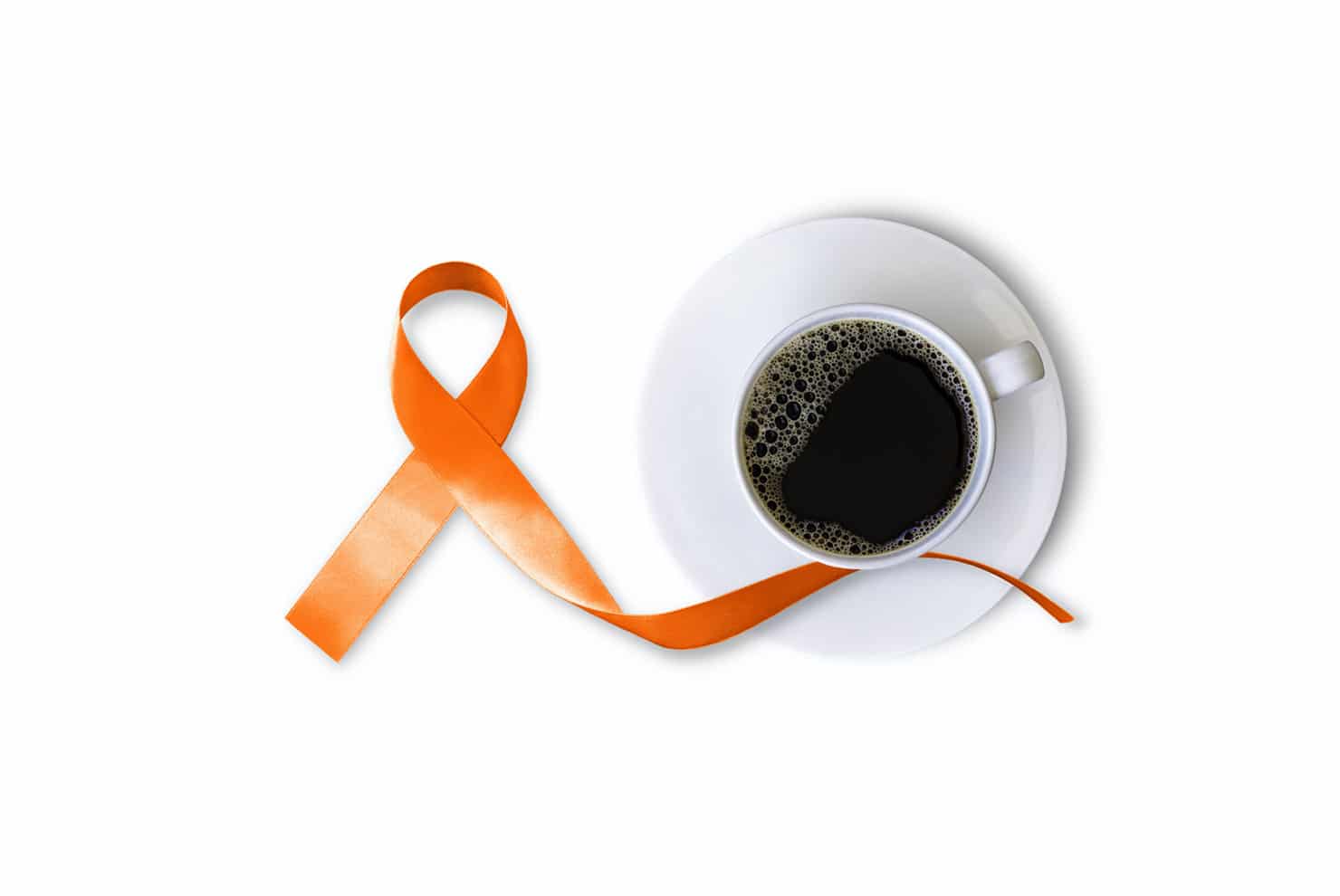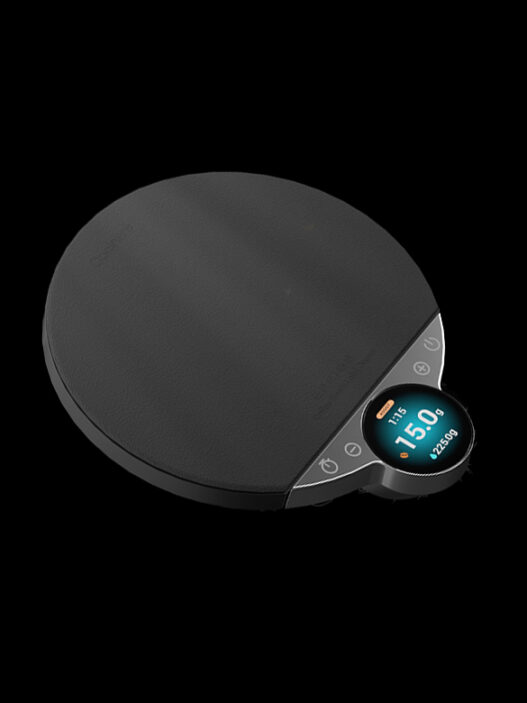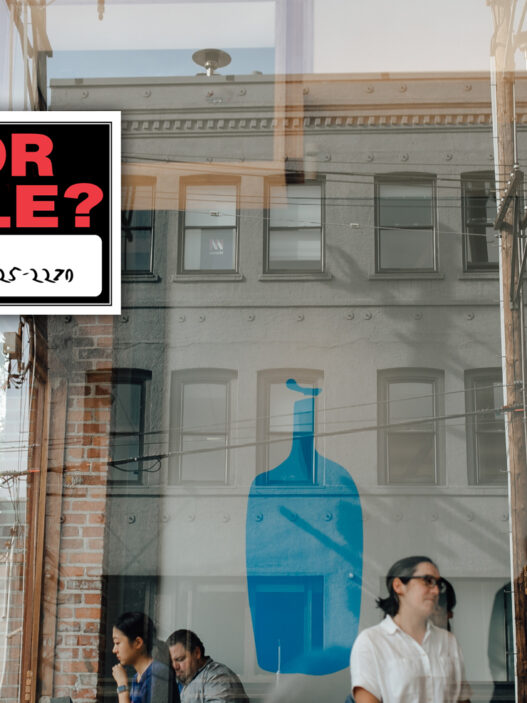We’re living in the New Wave of coffee.
For well over the last decade, coffee has occupied a psychic-cultural space known collectively as “the third wave of coffee“—an imperfect term, but useful in thinking about coffee’s cultural consumptive development into something culinary and revered. That wave has crashed on the shore in the form of single-origin espressos and directly sourced coffee, receded with its pour-overs and Hario TCA-3 Syphons, and now a bubbling brew has crested. More and more people fall in love with progressive coffee every day, and while it may not be the fourth wave (we’ll explain why), we are calling this current moment in coffee the New Wave of coffee. One thing leads to another, and New Wave coffee will be here for a while.
In the late 1990s, the United States, United Kingdom, Japan, Australia, New Zealand, and Scandinavia began a coffee boom that brought unparalleled coffee deliciousness and raised coffee expectations. Coffee people at the time believed, among other things, that coffee roasters should “develop their roasts”, green coffee buyers should “source their coffee directly”, and baristas should compete in a very specific set of world coffee competitions.
The major themes of this period: growth of good coffee in suburbs, the shift in power from the older coffee-forward companies to the “third wavers”, the struggle for competition equality among women and minorities, and the belief that anyone could establish themselves as a fair and sustainable coffee business if they sourced right and roasted medium-to-light. A lot of smart people had true aims, and set about getting to work.
AND THEN SOMETHING ELSE HAPPENED.
While the coffee’s elite clashed with one another over variables, roast levels, guest service practices, climate change, condiment bars, and refill policies, something bigger was happening. Large multinationals were strategically targeting popular third wave companies that done good, acquiring them left and right for reasons we’re still figuring out.
Tensions are high: who would be next? What happens now? Will a great coffee blight wipe out coffee crops? Will climate change affect my competition blend? Will crumbling governments keep the green coffee at port for too long? Will single-cup pod systems take over? Ready-to-drink cold brews are proliferating, but at what cost? Is this my beautiful house blend? Well, how did I get here?
In the 70s, New Wave music was born out of the agitated, challenging, and often politically motivated punk scene. It was more accessible but largely experimental, fusing old ideas about pop song structure with new synthesizer and drum machine technologies. It borrowed elements from other periods in music, subverting those elements with a sparkling modernity that feels fresh even today. New Wave coffee represents the best that Third Wave brought to the coffee movement, while borrowing elements from Second Wave culture.
“Basically, specialty coffee right now is all about taking the harder-edged, ‘artistically pure’ DIY ethos of the aughts and making it more accessible,” says seasoned barista competitor and Everyman Espresso manager Samuel Lewontin. Like New Wave music, Lewontin posits that high-end coffee is getting “poppier, if you will”—more accessible, more public-facing, and less focused on us each building our Own Private Idaho of a coffee cool kid’s club.
“Also, there’s gotta be a batch-brewers-and-volumetrics, synths-and-drum-machines parallel to be drawn here,” Lewontin continues, “accepting that automation of the physical acts of production doesn’t necessarily detract from the artistic merit of the resulting product.”
We couldn’t agree more. And that’s why around these parts, when you see us talking about contemporary coffee styles and modes of service, we’ll be calling it New Wave coffee to best describe the wider movement. New Wave is here and it’s here to stay, as global capitalism demands the industry continue to innovate and expand to appeal to more and more new users.
Why not just call this the fourth wave?
The coffee world is not quite there yet. Fourth Wave will be the culmination of years of New Wave improving on old systems, whilst offering a fresh bounty of new ideas that’ll not only enhance the experience of enjoying coffee but disrupt it completely. Fourth wave coffee won’t be on your generation’s task queue—fourth wave will be developed by the coffee equivalent to the digital natives, kids who are growing up today with progressive new wave coffee as part of the daily cultural lifestyle, in hip urban areas and small towns alike across all hemispheres.
Fourth wave will be another golden age of coffee. We imagine a world that finally says please, no thank you to suboptimal/wasteful/expensive pods. Your morning coffee will be delivered by drone from the experts down the street, and Augmented Reality cafe environments will provide a sensory service experience we can’t begin to imagine. Fourth wave will mean the end of point-of-sale, and will auger the dawn of avocado toast in pill form, under the counter grinders, timers that don’t beep but vibrate, condiment bars that have cinnamon again, and female World Champions for every last coffee competition (without it really being that big of a deal).
For now, we’re living in the New Wave. It’s a wonderful wave; there’s never been a better time to be a coffee drinker. The coffee world is changing fast around us, and that’s good.




